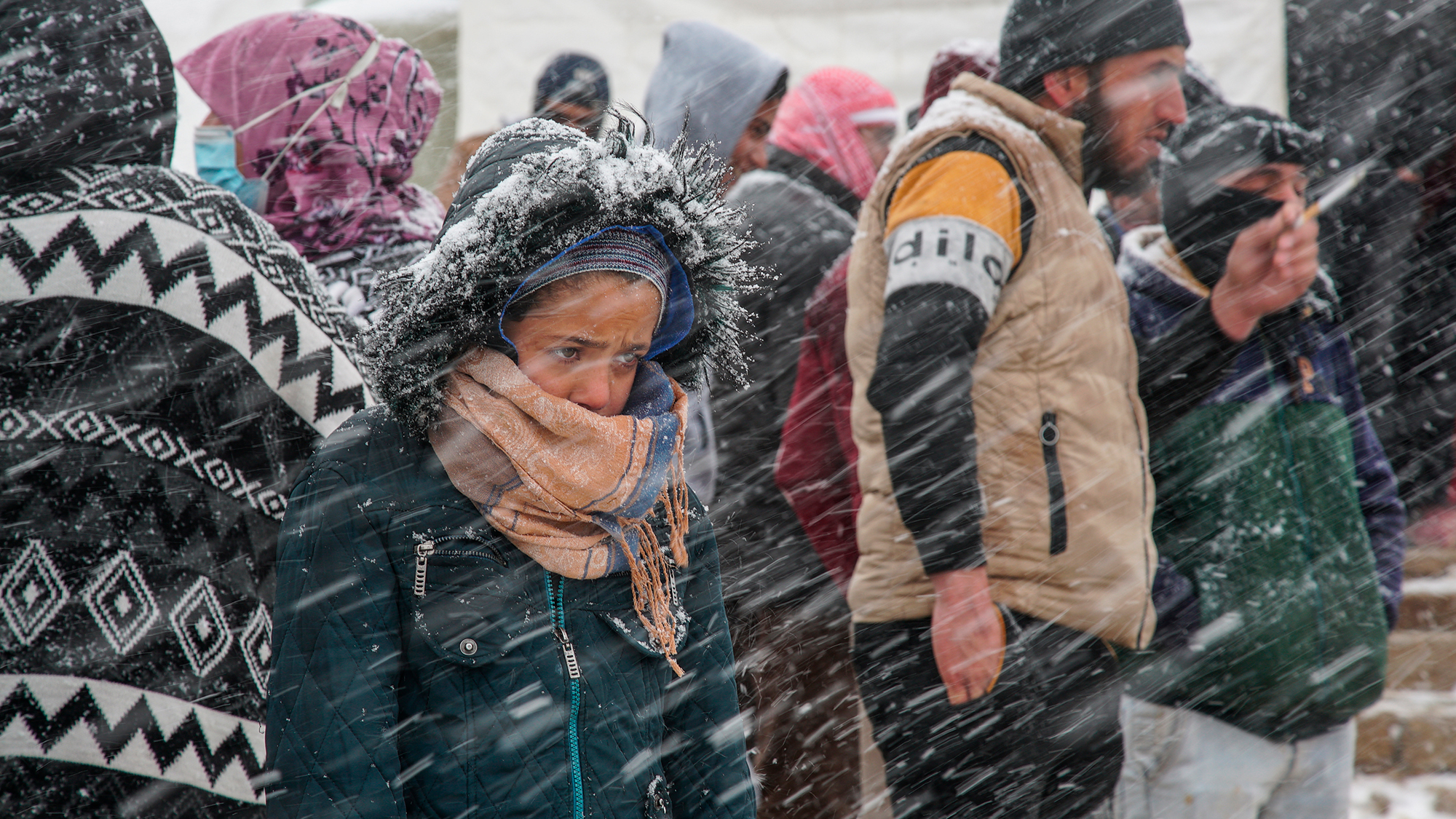A person’s life changes radically when they are forced to flee their homeland in fear. World Refugee Day (June 20) seeks to highlight the plight of refugees and to honor their resilience and courage in the toughest of circumstances, and focuses on the importance of protecting their rights, needs, and dreams as a fair society.
According to the United Nations Refugee Agency (UNHCR), 108 million people were forced to flee their homes in 2022, of whom just over 60 million were internally displaced (have not yet crossed internationally recognized borders) and nearly 30 million are living outside their country of origin. The remainder are considered asylum-seekers, stateless persons, returnees, or in need of international protection. In 2023, the number of people expected to flee their homes is expected to increase to 117 million.
By region the number of refugees looks like this, according to UNHCR: 22% in Europe, 18% in the Americas, 18% in the East and Horn of Africa, 14% in the Middle East and North Africa, 11% in West and Central Africa, 9% in Southern Africa, and 9% in Asia and the Pacific. It is primarily low and middle-income countries that host refugees and thus a recent report from the organization has called for more equitable sharing of this responsibility. Protection of these individuals is also critical. In January and February 2023 alone, 368 people died on sea arrivals to Europe.
Conflict and violence in the home country is now an increasing reason for displacement. The war in Ukraine, for example, has caused the fastest displacement of people and one of the largest since World War II. Ukraine ranks ninth among asylum seekers. However, this is because in the European Union, the vast majority of Ukrainians (4 million) applied exclusively for temporary protection instead of opting for the usual asylum-seeking procedures.
The outbreak of the war in Syria in 2011 forced more than 12 million Syrians to flee their homes, more than seven million of whom were internally displaced persons and more than five million applied for asylum abroad, mainly in neighboring countries such as Turkey, Lebanon and Jordan. The situation has not improved since then and, as of May 2022, asylum applications have once again increased, returning to the levels of 2015 and 2016.
The number of applications from Afghanistan rose to three million refugees in 2022. Eighty percent of these internally displaced persons are women, girls, and boys. The recognition rate of Afghan refugees decreased from 66% in 2021 to 54% in 2022, due to a higher number of decisions granting temporary humanitarian protection instead of refugee status or subsidiary protection.
The case of Venezuela is also salient. More than seven million Venezuelans have been forced to leave their homes since 2015 due to the economic instability and lack of security in Venezuela. They flee primarily to Colombia and Peru (2.48 and 1.49 million respectively), followed by the United States, Ecuador, Spain, and Chile.
The current situation of forced displacement is not only continuing but worsening.
Another of the main causes of forced displacement is related to climate issues and the ensuing natural disasters. The World Bank estimates that by 2050, more than 140 million people could end up as “climate migrants” in the regions of Latin America (17m), Sub-Saharan Africa (86m) and South Asia (40m) alone. According to the “International Displacement Monitoring Center,” 8.7 million people were internally displaced as a result of these disasters in 2022, up 45% from 2021, flooding being the reason for more than half of those displacements. There are some particularly significant examples of these disasters. For example, the Central American Dry Corridor (CADC) is the region that encompasses Nicaragua, Honduras, Guatemala, Costa Rica, and El Salvador and is notorious for its “extreme weather conditions,” with the region’s 11 million inhabitants facing recurrent natural disasters from hurricanes to earthquakes and floods.
Another cause of forced migration is persecution and harassment based on political and sexual orientation as well as gender identity. Firstly, there are still many authoritarian systems in which opposition is systematically persecuted. Secondly, consenting same-sex sexual relationships are criminalized in 62 countries and are capital offenses in 11 nations. The exact number of refugees fleeing this type of persecution is not easy to establish, however, because records do not always specify the reasons for flight.
Finally, economic factors also result in displacement. The search for a better life in economic terms does not classify for refugee status under the 1951 Refugee Convention (these factors are often associated with political instability or conflict). Instead, it is more commonly categorized as voluntary migration.
In view of the growing number of displaced persons and its underlying causes, there are a number of issues on the table that are fundamental to improving the situation, such as labor integration, the rights of refugees in host countries, the frameworks needed to manage and normalize migration in the long term, the impact of climate change on forced displacement, and misinformation about migration when it is used for political polarization. For example, research has found that refugees tend to struggle to find work in their host country because they are stigmatized, but there are some specific ways that organizations can counter this and help destigmatize displaced persons by recognizing them and confirming their worth in society.
The current situation of forced displacement is not only continuing but worsening. More and more people are fleeing their homeland. It is essential to raise awareness of their situation to ensure that everyone in the world has the right to a decent, prosperous life.
© IE Insights.











